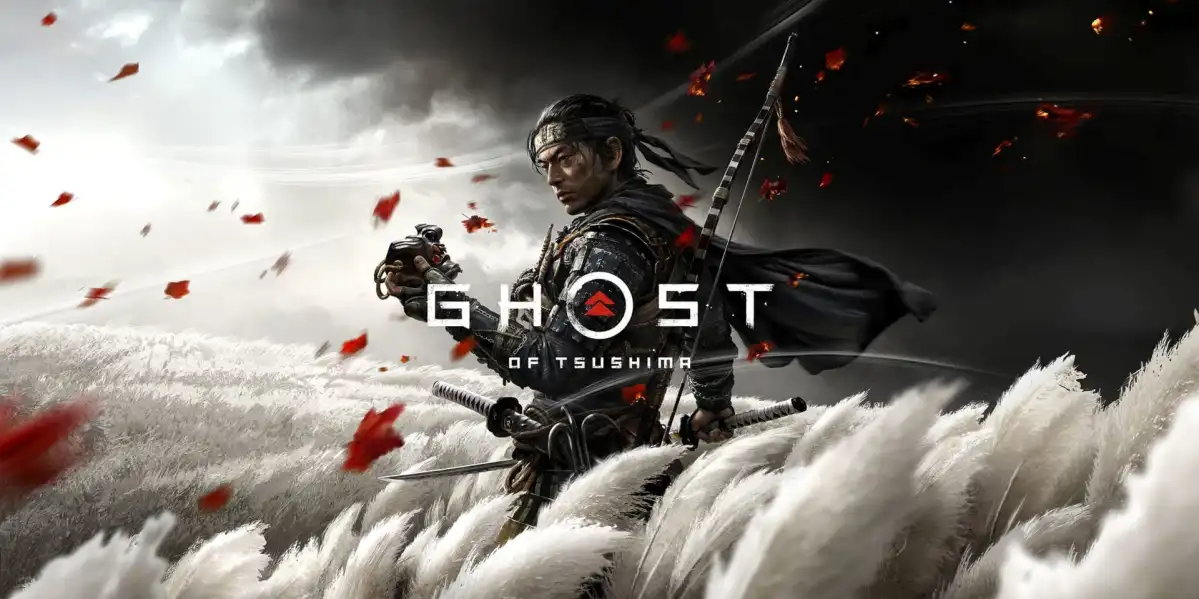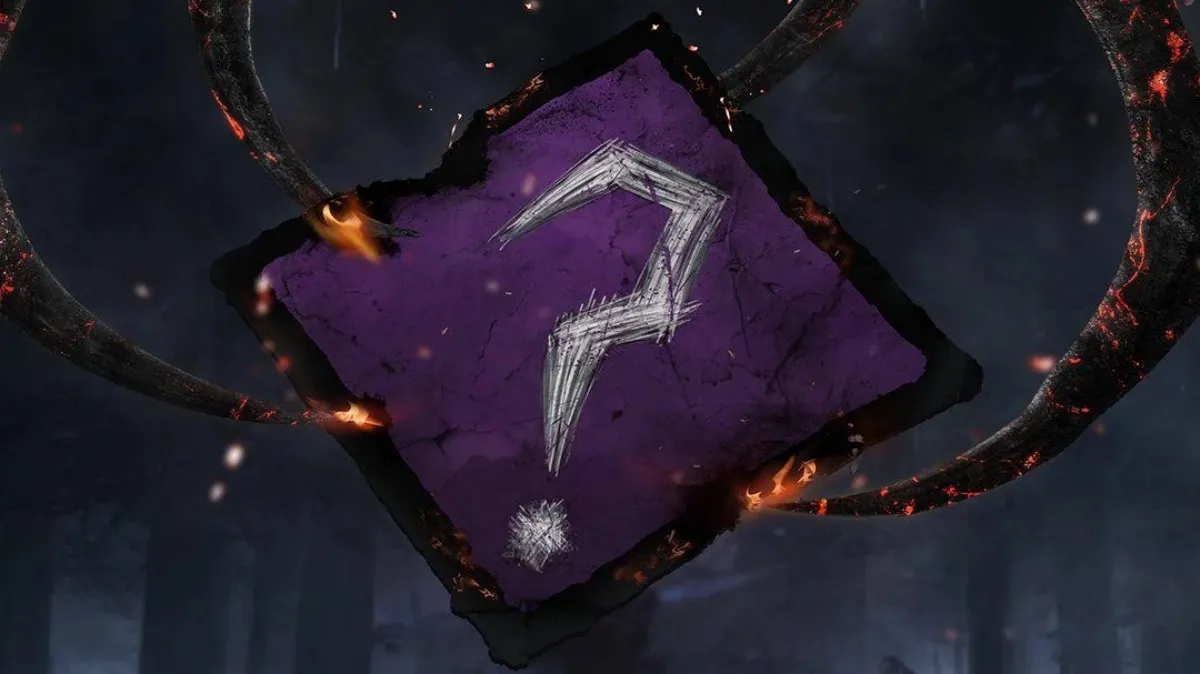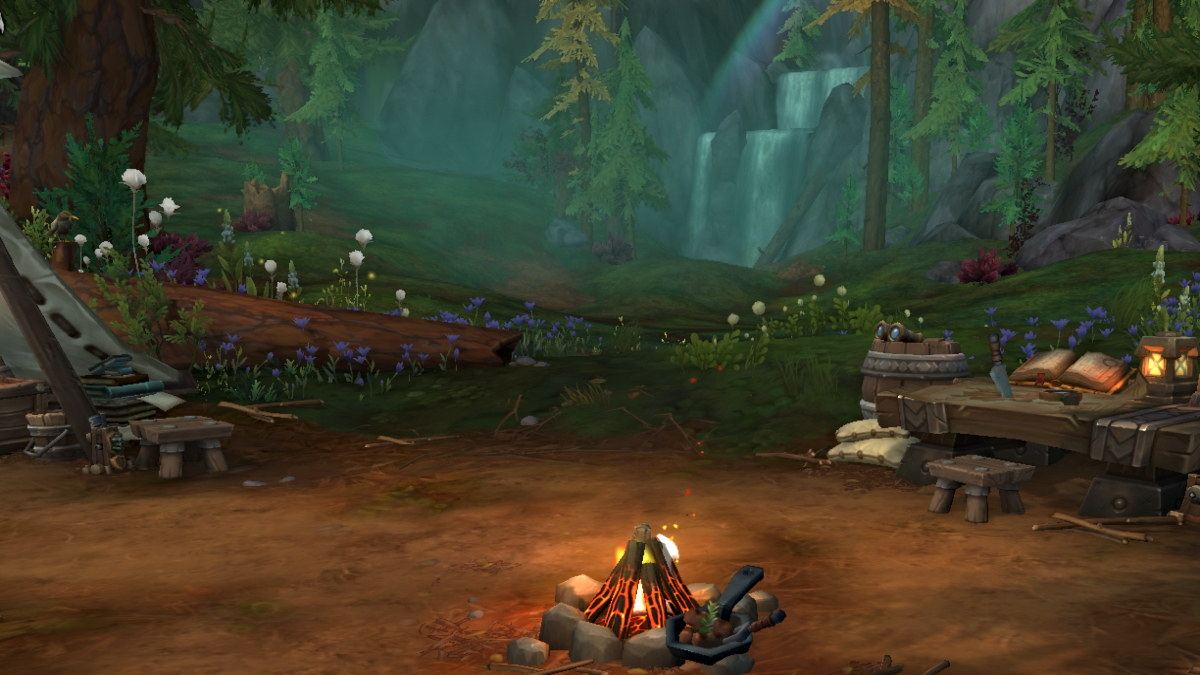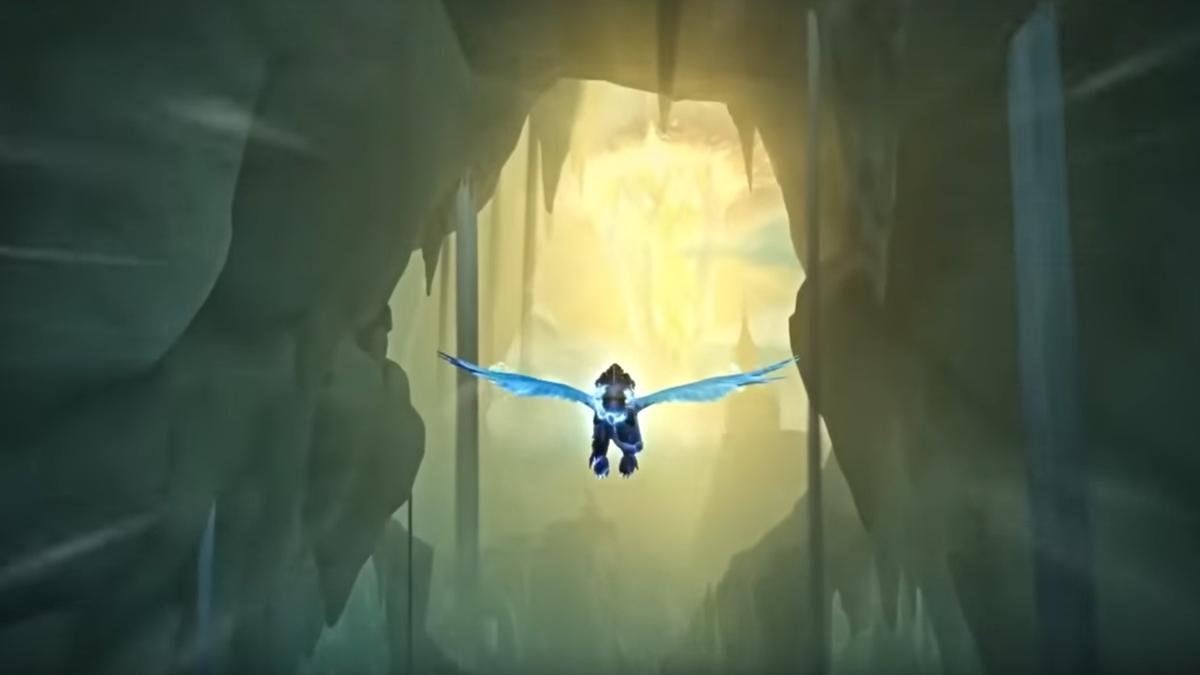Today Sucker Punch producer and co-founder Brian Fleming took part in a Q&A session at the GDC Showcase and provided interesting details about Ghost of Tsushima.
Fleming was asked what Sucker Punch did to ensure that Ghost of Tsushima would provide an appropriate representation of Japanese culture, that has been praised by many in Japan.
“From the very beginning, the original pitch, we were aware of the level of responsibility that we had to have in this area.
There’s a story that fans may know which is that we actually pitched this to Shuhei Yoshida. He was one of the very first people we ever pitched to because we wanted not just his guidance and his assessment, but really his blessing that hey… this could be done, that a team in the west could really do this.
And with his support then we began engaging with a wider audience, in that almost immediately included Sony’s Japan team, and their participation in the game throughout, from the original pitches to each of the videos that we’d show, they’d reflect back to us the parts of the visuals, and the parts of the story, and the parts of the characters, the names of the characters, all the details that they found that both worked well and the things that were not working for them.
We were super-appreciative of that feedback and responsiveness as a result. That process was really a healthy part of the ongoing development throughout.
Certainly, without their guidance, we would never have achieved what we achieved.
There are even little stories… One of the details that I really love is that that team was so committed to the project that they made sure that for every single Kanji in the game, they understood that that kanji actually existed in the 13th century. There are often multiple different ways to describe something, and they went and found the exact kanji that would have been used in that time to make sure that we were being authentic even at that level. It was a tremendous effort and partnership with that team.
[…]
One of the joys of the project was being committed to being a learner and not remotely pretend that we understood it. To recognize that we needed to go learn, and then you have to find your selection of teachers and mentors to really help us on that journey.”
Fleming also talked about the challenges that the team had to face, mentioning that from Infamous to Ghost of Tsushima, they were transitioning from a small open world to a large one. This really destabilized their game-making toolset.
They went from a hundred tiles to 1,200 that were four times bigger, so “everything broke.”
“The biggest challenge was the journey to getting to the point in which we had solid Earth under us again.”
For 18-24 months, things were “really quite difficult to synthesize into a game you could sit down and play.” So much that used to work for the studio was unable to deal with the scope of the new game.
The first couple of years were quite difficult in getting the game to stand up, and then things started to make progress.
Combat was another big challenge. The team behind it worked non-stop for six years, creating multiple versions of the system with multiple approaches.
The goal was making it so that it wasn’t so simple that players could just button-mash, but also that it wasn’t so complicated that dealing with the control scheme and the different modes would confuse the player.
“It was an elusive, non-stop effort for that team over literally a six-year journey continuing to work on that. I think the results are really good, but I think it was a long, difficult road.”
Asked if there was something that he’d have done differently, Fleming explained that the team would have been served better if they were braver in cutting things that did not work earlier. Some of those cuts were postponed, and as a result, more time was wasted on things that have been cut anyway.
Fleming believes that if one is in doubt about something in a game of such scope, it’s probably better to cut it because there’s so much other content.
[Editor’s note: All games have content that doesn’t make it in the final build. Cutting what doesn’t work is an integral part of game development.]
The other lesson learned is that complexity will overwhelm the game and the player. The game is so big and has so many systems and interactions and each team working on those parts believes that each of them needs to be individually rich and detailed.
The problem is that, when there are so many different components and all of them are rich and detailed, the player can get overwhelmed. The big takeaway that Fleming wishes he knew from the beginning was to make sure that each individual element almost held to the standard of being as simple as it could be made, because the combination of all of them is actually quite complicated.
Fleming also talked about the relationship with Sony, that provided the team with the ability to take their time.
“We are very fortunate to be in a situation where our relationship with Sony […] I think we have a very healthy relationship with them where we both understand that the real goal was to make a game like Ghost. It wasn’t to make a game at a particular date. It was to create something that was a great experience for players.”
Being a new IP, Ghost of Tsushima needed to reach a certain level of success. While it took longer than expected, it was the right path, but that only comes becomes Sony was confident that Sucker Punch was not be wasteful and they were really diligently protecting the company’s investment and making progress.
Sucker Punch did not originally forecast a six-year process and this was possible only on the strength of the progress they made and of the relationship with Sony, so that everybody agreed that further investment in trying to “find the true diamond that [Sucker Punch] thought was there” was warranted.
The original forecast time-wise was not even close to the six years it took, and it’s a reflection of the relationship between the studio and Sony that they were able to actually finish such a good game.
Interestingly, Fleming mentioned that the team was surprised at all the news about Ghost of Tsushima’s long loading times. There were clever solutions applied, but in the end it was simply “good, solid engineering work.” The data was all organized properly, and the artists did a great job in working within those constraints.
About the future, Fleming mentioned that he’s excited to see how the PS5’s new storage system will change the way in which games are made. Do keep in mind that he was talking in general and he did not mention this is necessarily about Ghost of Tsushima, so it shouldn’t be taken as a confirmation that Sucker Punch is working on a PS5 port of the game.
Ghost of Tsushima is currently available exclusively for PS4 and you can read our review. We recently heard that the game sold over five million copies and is the fastest-selling first-party original PS4 game of all time.




